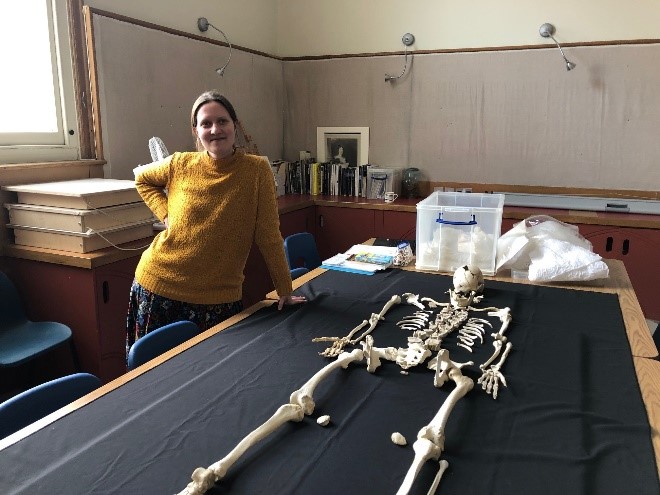Investigation of the Human Remains from Whitehawk Neolithic Causewayed Enclosure

We have recently welcomed PhD student Katharina Becker (University of Exeter) to study the human remains from the Neolithic causewayed enclosure at Whitehawk Hill, Brighton.
Her project is focussed on the human remains from causewayed enclosures to gain new insights and an understanding of the differences in treatment between articulated and disarticulated remains (complete/incomplete burials).
The main aims are to compile a comprehensive and detailed inventory of all Neolithic human remains recovered from causewayed enclosures, investigate taphonomic factors to explore mortuary practice and investigate pathology to explore Neolithic lifeways and compare those with long barrow populations.

Find out more: Whitehawk Woman facial reconstruction from the Elaine Evans Archaeology Gallery
Since the opening of our Elaine Evans Archaeology Gallery, some people have queried why the facial reconstruction of ‘Whitehawk Woman’ has dark skin. Read an explanation of some of the research and advice that supported the creation of this reconstruction.